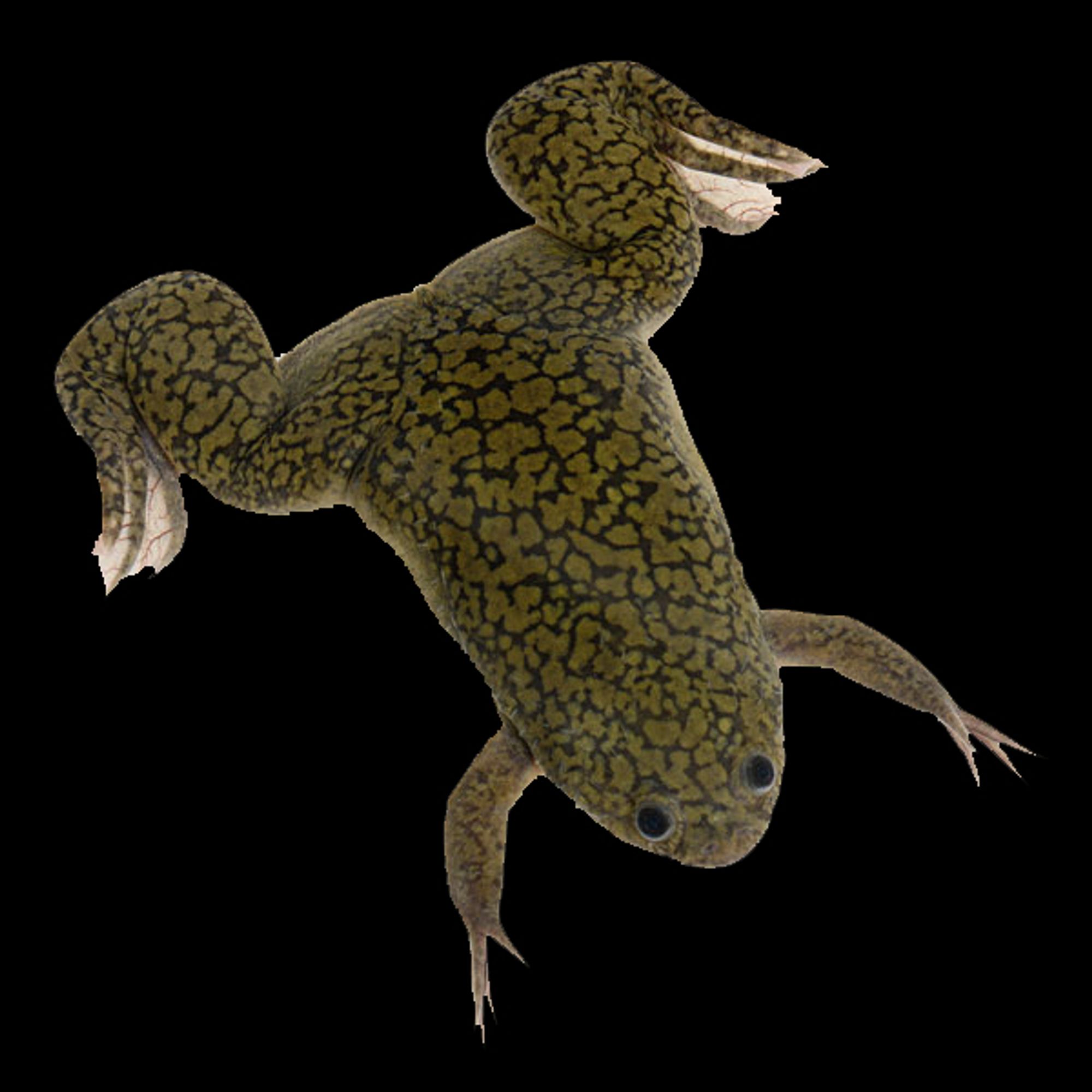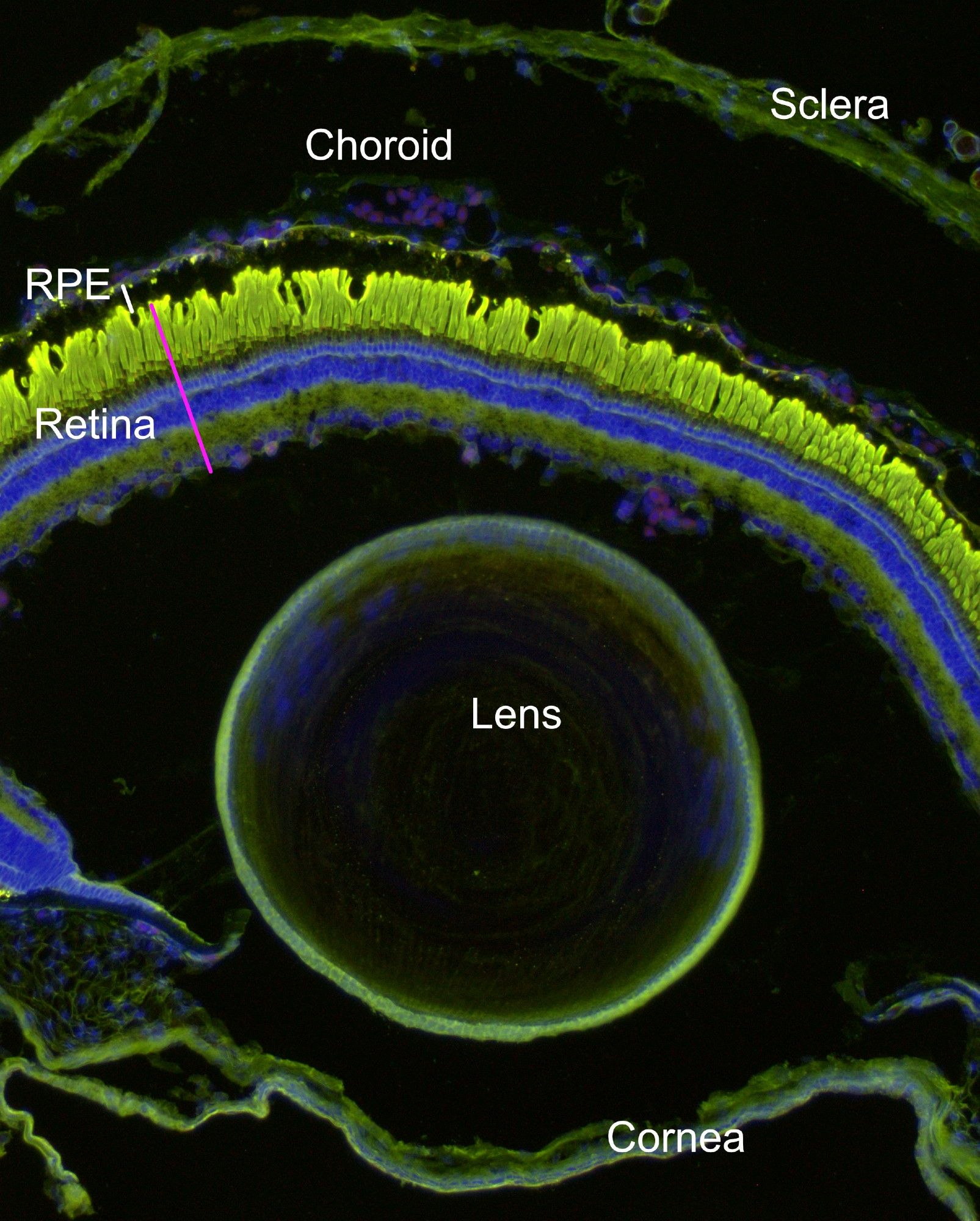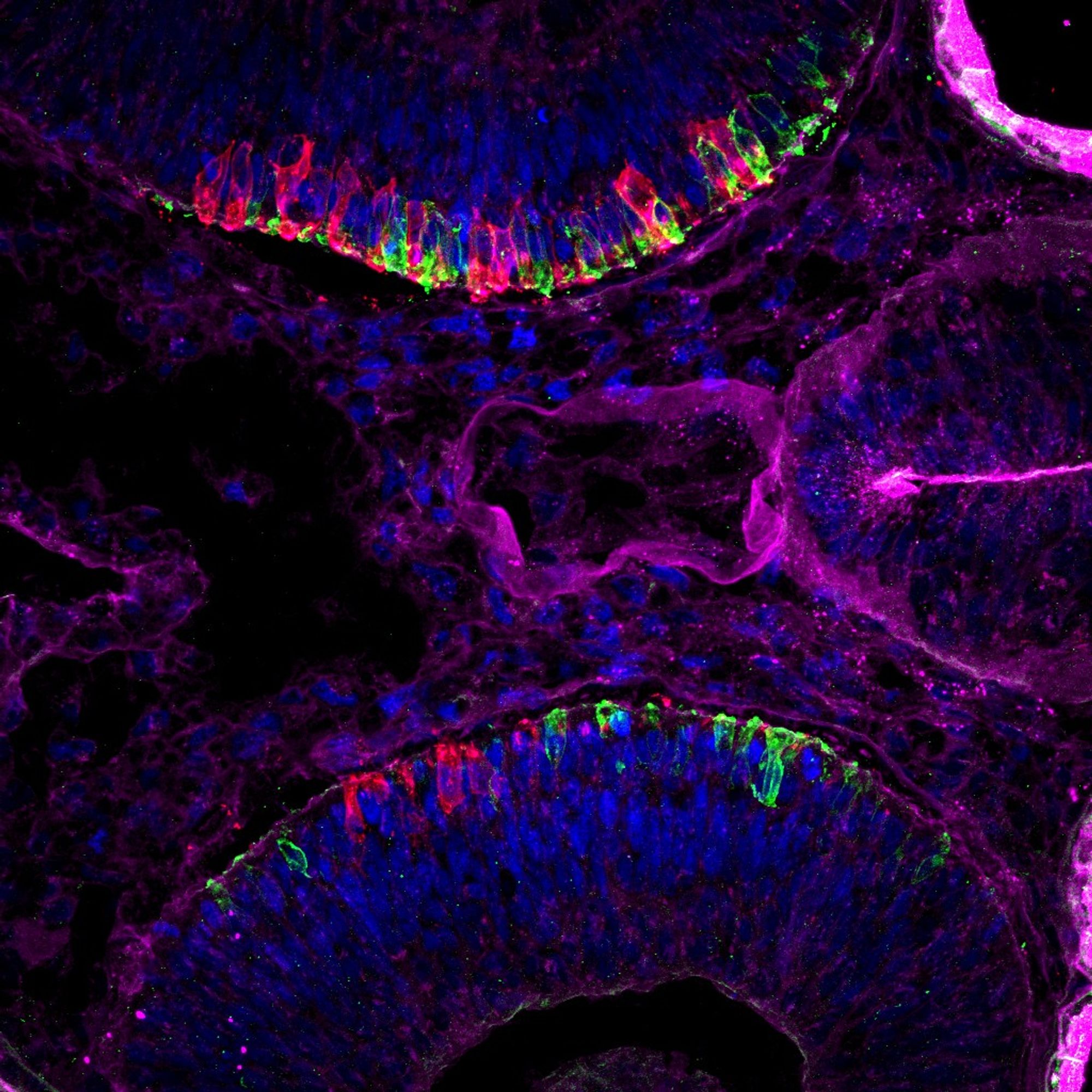
X
Xenbase
@xenbase.bsky.social
Xenbase: Xenopus laevis and Xenopus tropicalis biology and genomics resource. Located in Calgary and Cincinnati. www.xenbase.org
6 followers17 following0 posts
Reposted by Xenbase



I was not aware that it was World Frog Day today! The use of frogs in science have contributed to many important discoveries such as the first report of chemical neurotransmission, embryo development, gene isolation, pregnancy tests, and photoreceptor function and assembly. 🧪 🐸





X
Xenbase
@xenbase.bsky.social
Xenbase: Xenopus laevis and Xenopus tropicalis biology and genomics resource. Located in Calgary and Cincinnati. www.xenbase.org
6 followers17 following0 posts
